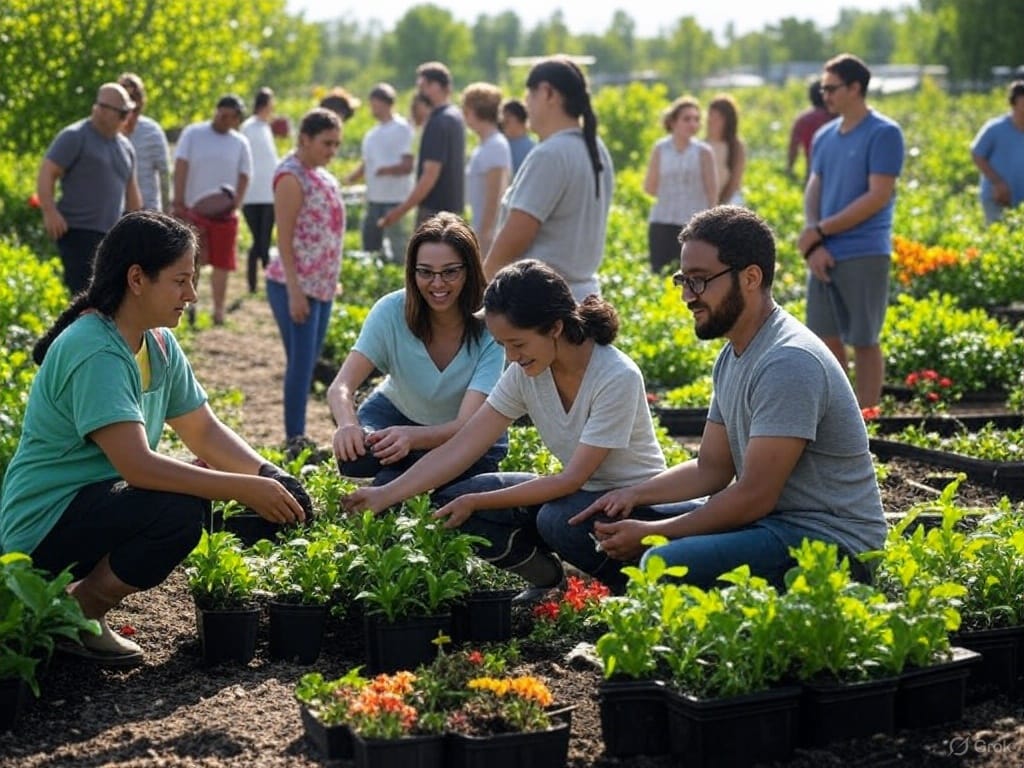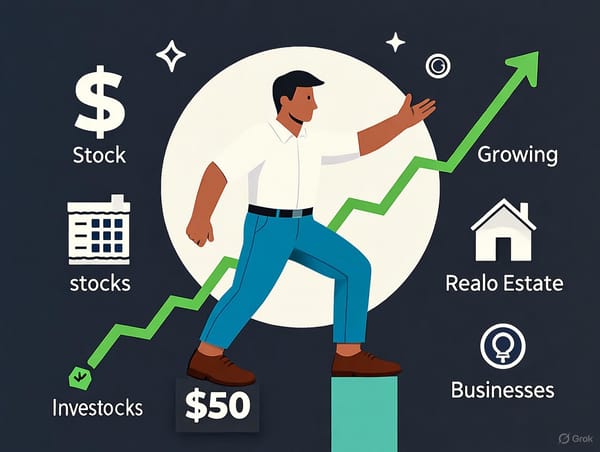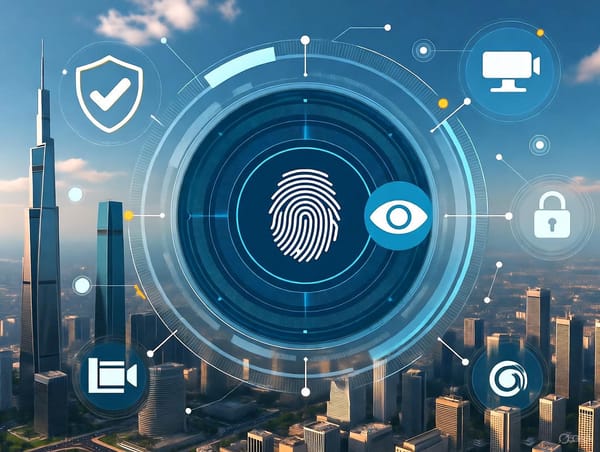Generosity in Communities
Generosity, the quiet act of giving without expecting return, weaves trust and collaboration into the heart of thriving communities.

Communities—whether neighborhoods, workplaces, online forums, or global movements—thrive on connection. At their core, what transforms a group of individuals into a cohesive community is selfless giving. Generosity, the act of offering time, skills, or resources without expecting immediate returns, fosters trust, sparks collaboration, and builds resilience. This article explores why giving is the unsung hero of strong communities and offers practical ways to cultivate it, creating a cycle of mutual support that uplifts everyone.
Building Trust Through Generosity
The Bedrock of Connection
Trust is the foundation of any community. Generosity lays it by showing care for others’ success. When someone gives—whether it’s time, knowledge, or resources—they signal that the collective matters more than personal gain. This trust enables collaboration, turning strangers into allies.
Take Maria, a community gardener in Seattle. She shares extra tomato seedlings with neighbors, not for a flourishing garden, not for profit. Her act inspires Juan to lend his compost bin and Aisha to teach pruning techniques. Soon, the garden becomes a hub of mutual support, where members rely on each other. These small acts of giving weave a web of trust that strengthens the community.
Disarming Doubt
Skepticism often hinders collaboration, as people fear hidden agendas. Generosity challenges this by proving actions can be selfless. In open-source software communities, for instance, a developer who shares code or mentors newcomers sets a tone of openness. Others, seeing no strings attached, contribute freely, creating a vibrant ecosystem where ideas thrive. By giving first, we dismantle barriers and invite genuine connection.
The Ripple Effect of Giving
A Cycle of Support
Generosity doesn’t stop with the giver—it spreads, creating a self-sustaining cycle of reciprocity. One act inspires others, strengthening community ties with each contribution. In a workplace, an employee who shares expertise with a struggling colleague—say, a marketing analyst helping with a complex report—sets a precedent. Colleagues reciprocate, sharing tools or insights, turning the team into a hub of innovation. That single gift multiplies, benefiting all.
Strengthening Resilience
Communities rooted in giving are resilient. When members habitually support each other, they rally during crises. After a flood in a tight-knit town, neighbors who already share tools or skills quickly organize relief—distributing food, clearing debris, or offering shelter. Their trust makes coordination seamless, speeding recovery. In contrast, communities without this foundation often struggle. Generosity builds bonds that endure challenges.
Why Giving Feels Good
The Science of Altruism
Generosity isn’t just noble—it’s rewarding. Acts of giving trigger the brain’s release of oxytocin and dopamine, creating a “helper’s high” that fosters joy and fulfillment. This emotional reward motivates more giving, deepening ties to the community. Both giver and receiver win: the giver feels purposeful, the recipient feels supported.
Overcoming Hesitation
Fear of loss—resources, time, or advantage—can deter giving. Yet, research shows generosity yields long-term gains, like stronger relationships or opportunities. In professional networks, sharing expertise might seem risky, but it often earns respect and alliances. Reframing giving as an investment in the community’s future helps overcome hesitation, unlocking mutual growth.
How to Foster a Giving Culture
- Lead by Example:
Your actions set the tone—Start small. In a book club, you might research discussion prompts or host a Zoom call. These gestures inspire others to contribute—maybe suggesting a book or moderating a session—making the group a shared endeavor. - Celebrate Contributions:
Recognition fuels generosity. A simple thank-you in a community chat, a shoutout in a meeting, or a pinned post in an online forum highlights giving’s value. In a volunteer group, spotlighting someone’s effort—like organizing a cleanup—encourages others to pitch in. - Create Opportunities:
People want to give but may not know how. Organize events like skill-sharing workshops or resource exchanges. A neighborhood could launch a tool-lending library or a “skill swap,” where residents teach gardening or coding. These structures make giving accessible and impactful.
Navigating Challenges
Avoiding Burnout
Generosity can lead to burnout if unbalanced. Foster a culture where giving is shared—celebrate small acts, like a quick favor, as much as big ones. This ensures no one overextends, keeping the cycle sustainable.
Debunking the Altruism Myth
Some claim all giving seeks personal gain—recognition or reciprocity. But the motive doesn’t diminish the outcome. Whether driven by joy or mutual benefit, generosity builds stronger, more collaborative communities. The result matters more than the “why.”
Cultural Nuances
Giving varies across cultures. In collectivist societies, it may be communal; in individualist ones, it’s often more personal. Acknowledging these differences ensures inclusivity, allowing communities to adapt generosity to their unique values.
The Lasting Impact of Giving
Enduring Communities
Generosity sustains communities. When members feel valued, they stay, enabling growth. Open-source software communities thrive for decades, as contributors share and innovate, knowing their work supports a shared mission. Giving creates stability for long-term progress.
Sparking Wider Change
Generosity spreads beyond one community. People inspired by giving carry it into workplaces, families, or new groups, creating a culture of collaboration becomes the norm. While not a cure-all, every act of generosity nudges society toward connection over division.
Start Today: Your Giving Matters
Generosity is the quiet force behind thriving communities. It’s not about grand gestures but small, consistent acts—sharing a skill, lending a hand, or showing up—that matter. These efforts build trust, inspire reciprocity, and make communities resilient. In a world that often prioritizes self-interest, giving reminds us our strength lies in lifting each other up.
Take one step now: Share a resource, thank a neighbor, or start a small act of giving. Your community—and the world—will be stronger for it.





